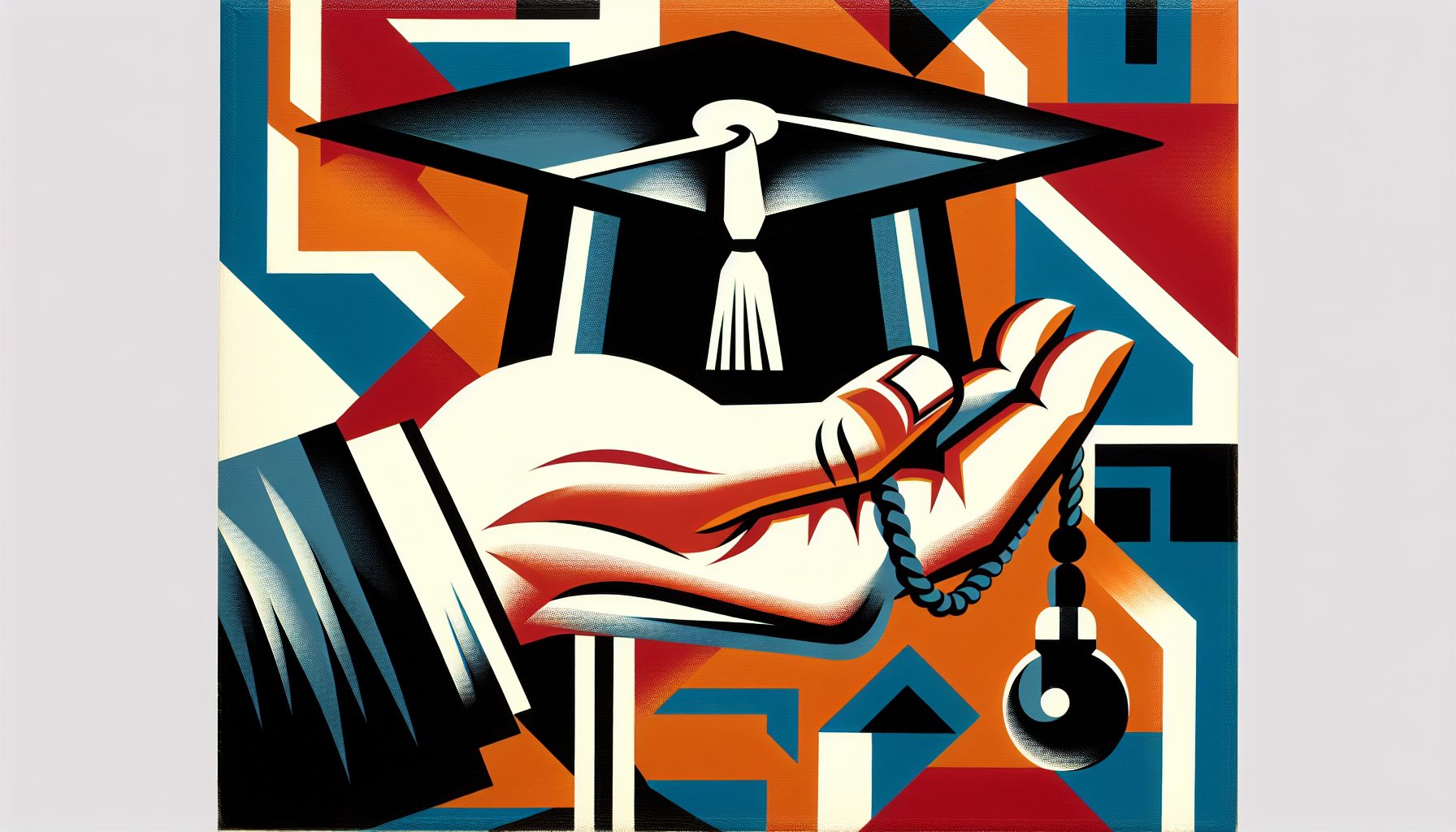There are numerous challenges associated with introducing a new brand of liquor and getting it into the hands—and mouths—of consumers. “You have to create something people desire,” says Gerard Jansse, co-founder of Jerry’s Vodka, “but you also have to build a business and a technology framework that allows you to market, distribute and sell the product effectively.”
The company, based in Kenilworth, N.J., began selling Jerry’s Vodka in December 2016. Currently, the craft liquor is sold at bars, restaurants, liquor stores and major grocery outlets in New Jersey.
“There are a lot of great spirits out there, and many of them are reasonably priced,” Jansse points out. “Our goal was to introduce a high-quality, American-made vodka that makes the people of New Jersey feel proud. We wanted to create something they could get excited about.”
Yet, accelerating from a startup to a full-scale business that could fulfill orders efficiently was a daunting prospect. The company had to deploy an array of software and systems to manage operations, financials, distribution, marketing and more. It also needed a website and full social media integration with Facebook, Twitter and Instagram accounts.
“We wanted to create hype and excitement before the launch and have a living, breathing viable brand and a company that could support everything once the product went to market,” Jansse explains.
Starting a Fully Functional Business in Days
Jerry’s Vodka turned to Five Tier, a business and marketing platform that integrates web design, hosting, software-as-a-service (SaaS) solutions and other tools—including analytics and reporting—through a subscription-based service. The firm offers proprietary software and plug-ins, and it also partners with IBM, Google, Microsoft and many other tech vendors.
“We were able to discuss our requirements, have Five Tier develop the framework, and then flip the switch and have a fully functional business within a few days,” Jansse reports.
In addition, the company has introduced leading-edge e-commerce features. For example, when a salesperson in the field signs a new customer, he or she can generate an order on the spot and print an invoice using a mobile Bluetooth printer.
“We literally log on through a mobile app, create an invoice using QuickBooks, and either email it as a PDF or hand it to the appropriate person,” Jansse explains. Payment takes place immediately through Square, check or cash. This eliminates next-day or next-week deliveries. “We deliver the vodka on the spot and leave with a signed copy of the agreement,” he says.
In addition to fulfilling orders for new customers on the spot, the company can deliver to existing customers the next day—all while adhering to state liquor laws, Jansse notes. Similarly, the company can make changes to its website using WordPress and can stay on top of social media trends through the platform, which uses APIs to create tight integration and deliver near real-time metrics.
“We have a solid business and technology platform in place that will allow us to spread our message and grow,” says Jansse.









